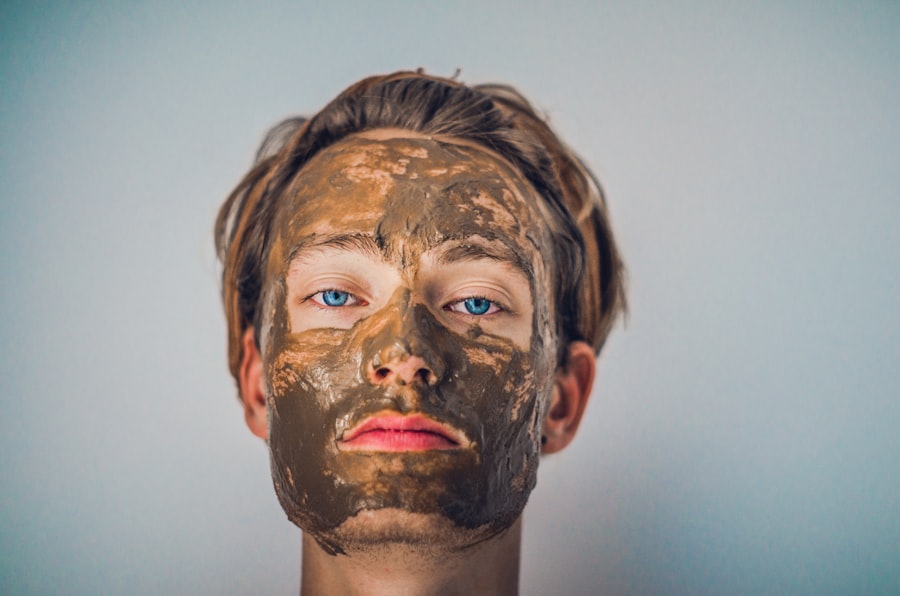When considering hair removal methods, one of the most common concerns is skin irritation and discomfort. Many individuals experience varying degrees of sensitivity when subjected to hair removal techniques, particularly those that involve heat or chemical agents. For instance, laser hair removal, while effective for many, can lead to redness, swelling, and a burning sensation in the treated areas.
This discomfort can linger for hours or even days, making it a significant consideration for anyone contemplating this procedure. You may find that your skin reacts differently depending on its type and sensitivity, which can complicate your decision-making process. Moreover, the potential for irritation is not limited to just laser treatments.
If you have sensitive skin, you might want to conduct patch tests before committing to a full treatment. Understanding your skin’s unique needs is crucial; what works for one person may not be suitable for another.
Therefore, it’s essential to weigh the benefits against the potential discomfort you might experience during and after the procedure.
Key Takeaways
- Skin irritation and discomfort are common side effects of laser hair removal
- Laser hair removal is ineffective on light or gray hair due to lack of pigment
- There is a risk of burns and scarring with laser hair removal treatments
- Laser hair removal has limited effectiveness on dark skin due to potential for pigmentation changes
- Laser hair removal can be costly and time-consuming, requiring multiple sessions for best results
- Multiple sessions are often needed for optimal hair reduction with laser treatments
- There is potential for regrowth of hair after laser hair removal
- Potential side effects of laser hair removal include redness, swelling, and changes in skin pigmentation
Ineffectiveness on Light or Gray Hair
Another significant drawback of certain hair removal methods is their ineffectiveness on light or gray hair. Many laser hair removal systems are designed to target the pigment in hair follicles, making them less effective on lighter shades. If you have blonde, red, or gray hair, you may find that traditional laser treatments yield disappointing results.
This limitation can be particularly frustrating if you have invested time and money into a procedure that does not meet your expectations. You might also consider alternative methods like electrolysis, which can be effective on all hair colors but comes with its own set of challenges. The inability of laser treatments to effectively target lighter hair can lead to feelings of inadequacy or dissatisfaction with your appearance.
It’s essential to consult with a qualified professional who can guide you toward the most suitable hair removal options based on your specific hair color and type.
Risk of Burns and Scarring

The risk of burns and scarring is another critical factor to consider when exploring hair removal options. Laser treatments, while generally safe when performed by trained professionals, carry the risk of thermal injury to the skin. If the equipment is not calibrated correctly or if the technician lacks experience, you could end up with burns that may take weeks to heal.
Scarring can also occur, leaving permanent marks that serve as a reminder of an unsuccessful treatment. You should also be aware that certain skin types are more susceptible to these risks than others. Darker skin tones may absorb more heat during laser treatments, increasing the likelihood of burns and hyperpigmentation.
Therefore, it’s vital to discuss your skin type with your practitioner and ensure they have experience working with individuals who share your characteristics. Taking these precautions can help mitigate the risks associated with hair removal procedures. (Source: Mayo Clinic)
Limited Effectiveness on Dark Skin
| Product | Effectiveness on Dark Skin |
|---|---|
| Sunscreen A | Limited |
| Acne Treatment B | Limited |
| Whitening Cream C | Limited |
While some hair removal methods are effective for a wide range of skin tones, others are not as versatile.
The contrast between the hair and skin color is crucial for successful treatment; if both are dark, the laser may struggle to differentiate between them.
This limitation can lead to ineffective treatments and wasted resources, leaving you feeling frustrated and disheartened. If you have darker skin, it’s essential to seek out practitioners who specialize in treating various skin tones. They may use different technologies or techniques that are better suited for your needs.
Additionally, understanding the limitations of certain methods can help you make informed decisions about which treatments are worth pursuing. You deserve a solution that works effectively for your unique skin type.
Cost and Time Commitment
The financial investment required for effective hair removal can be substantial. Many people underestimate the costs associated with multiple sessions of laser treatments or other methods like electrolysis. While some clinics offer package deals that may seem appealing at first glance, the overall expense can add up quickly.
You might find yourself questioning whether the long-term benefits justify the initial outlay. In addition to financial considerations, think about the time commitment involved in these procedures. Each session typically requires a significant time investment, often spanning several weeks or months for optimal results.
You may need to schedule appointments around your busy life, which can be challenging. Balancing your personal and professional commitments while trying to achieve smooth skin can feel overwhelming at times.
Need for Multiple Sessions

One of the most significant aspects of many hair removal methods is the need for multiple sessions to achieve desired results. Unlike shaving or waxing, which provide immediate but temporary relief, laser treatments often require several appointments spaced weeks apart to effectively reduce hair growth. This extended timeline can be frustrating as you wait for visible results while managing your expectations.
You may also find that individual responses to treatment vary widely; some people see significant improvement after just a few sessions, while others may require more time and effort. This unpredictability can lead to feelings of impatience or disappointment as you navigate through the process. Understanding that multiple sessions are often necessary can help you mentally prepare for the journey ahead and set realistic goals for yourself.
Potential for Regrowth
Even after investing time and money into hair removal treatments, there remains the potential for regrowth. Many individuals experience varying degrees of hair regrowth after completing their sessions, which can be disheartening. While some methods claim to offer permanent solutions, it’s essential to recognize that results can differ from person to person based on factors like genetics and hormonal changes.
You might find yourself grappling with feelings of frustration if regrowth occurs sooner than expected or if it appears thicker than before. This unpredictability can lead you to question whether the treatment was worth it in the first place. It’s crucial to have open discussions with your practitioner about what you can realistically expect regarding regrowth and maintenance after completing your sessions.
Potential for Side Effects
Finally, it’s essential to consider the potential side effects associated with various hair removal methods. While many people undergo these procedures without any issues, others may experience adverse reactions ranging from mild irritation to more severe complications like infections or allergic reactions. Understanding these risks is vital in making an informed decision about which method is right for you.
You should also be aware that some side effects may not manifest immediately; they could develop days or even weeks after treatment. This delayed reaction can catch you off guard and complicate your recovery process. Consulting with a qualified professional who can provide detailed information about potential side effects will empower you to make choices that align with your health and beauty goals.
In conclusion, while modern hair removal techniques offer promising solutions for achieving smooth skin, they come with their own set of challenges and considerations. From skin irritation and discomfort to cost and time commitments, understanding these factors will help you navigate your options more effectively. By being informed about the limitations and potential side effects associated with various methods, you can make choices that best suit your individual needs and lifestyle.
There are several disadvantages of diode laser hair removal on the face that individuals should be aware of. One related article that discusses the potential drawbacks of this treatment is this article from In Laser Hair Removal. The article highlights issues such as skin irritation, potential scarring, and the need for multiple sessions to achieve desired results. It is important for individuals considering diode laser hair removal on their face to thoroughly research and understand the potential risks involved.
FAQs
What are the disadvantages of diode laser hair removal on the face?
Diode laser hair removal on the face can cause potential side effects such as skin irritation, redness, and swelling.
Is diode laser hair removal on the face painful?
Some individuals may experience discomfort or pain during diode laser hair removal on the face, especially in sensitive areas.
Are there any risks associated with diode laser hair removal on the face?
There are potential risks of burns, scarring, and changes in skin pigmentation with diode laser hair removal on the face, especially if not performed by a qualified professional.
Can diode laser hair removal on the face cause damage to the skin?
Improper use of diode laser hair removal on the face can lead to skin damage, including burns, blistering, and scarring.
Are there any long-term effects of diode laser hair removal on the face?
Long-term effects of diode laser hair removal on the face may include changes in skin texture, pigmentation, and potential for regrowth of hair in some cases.






